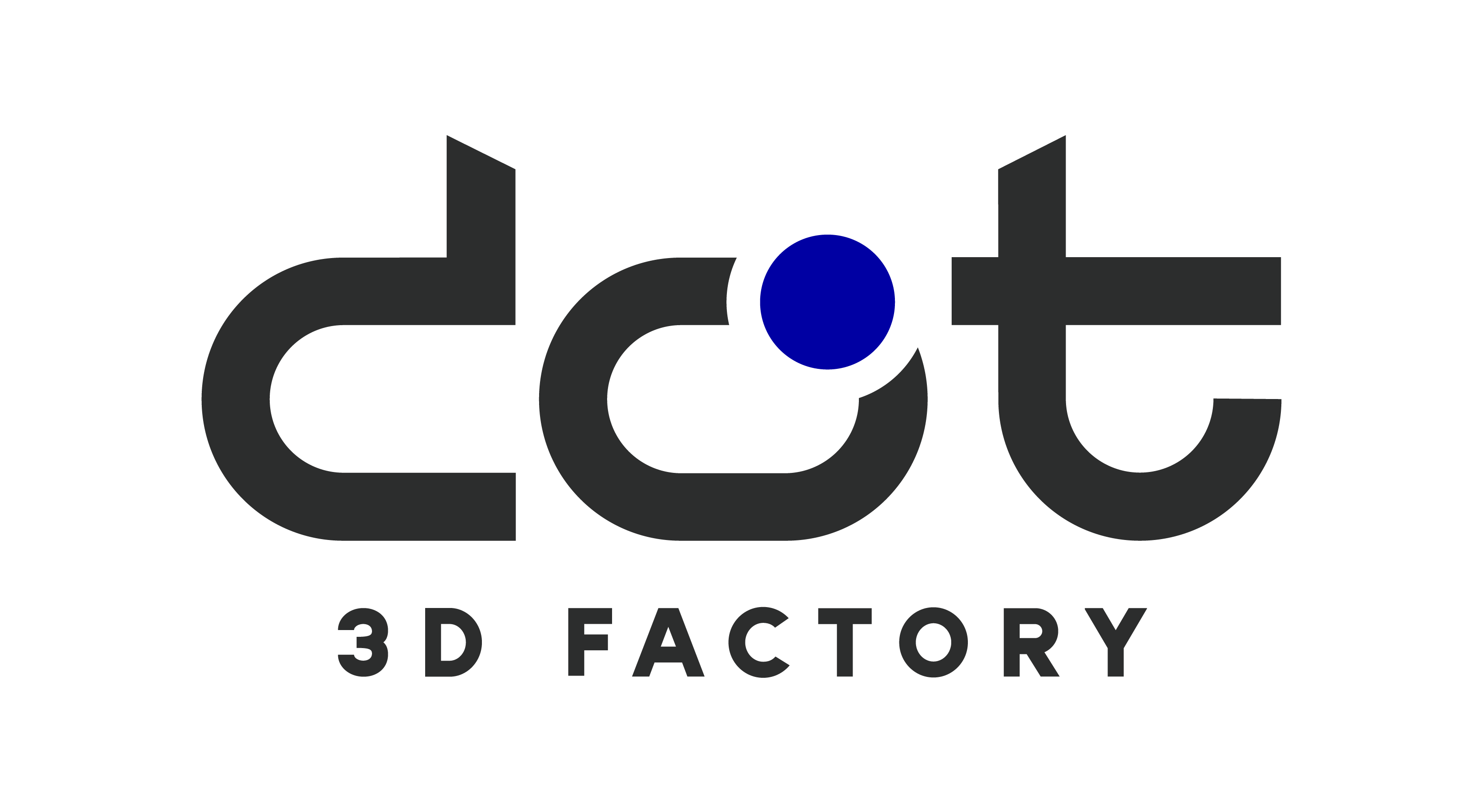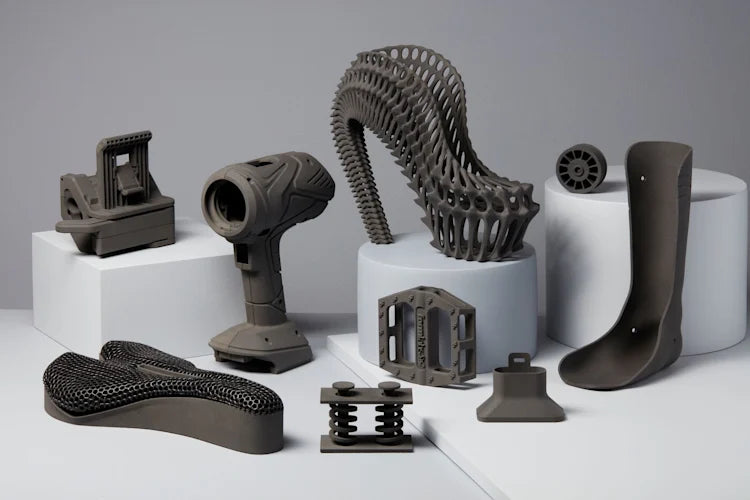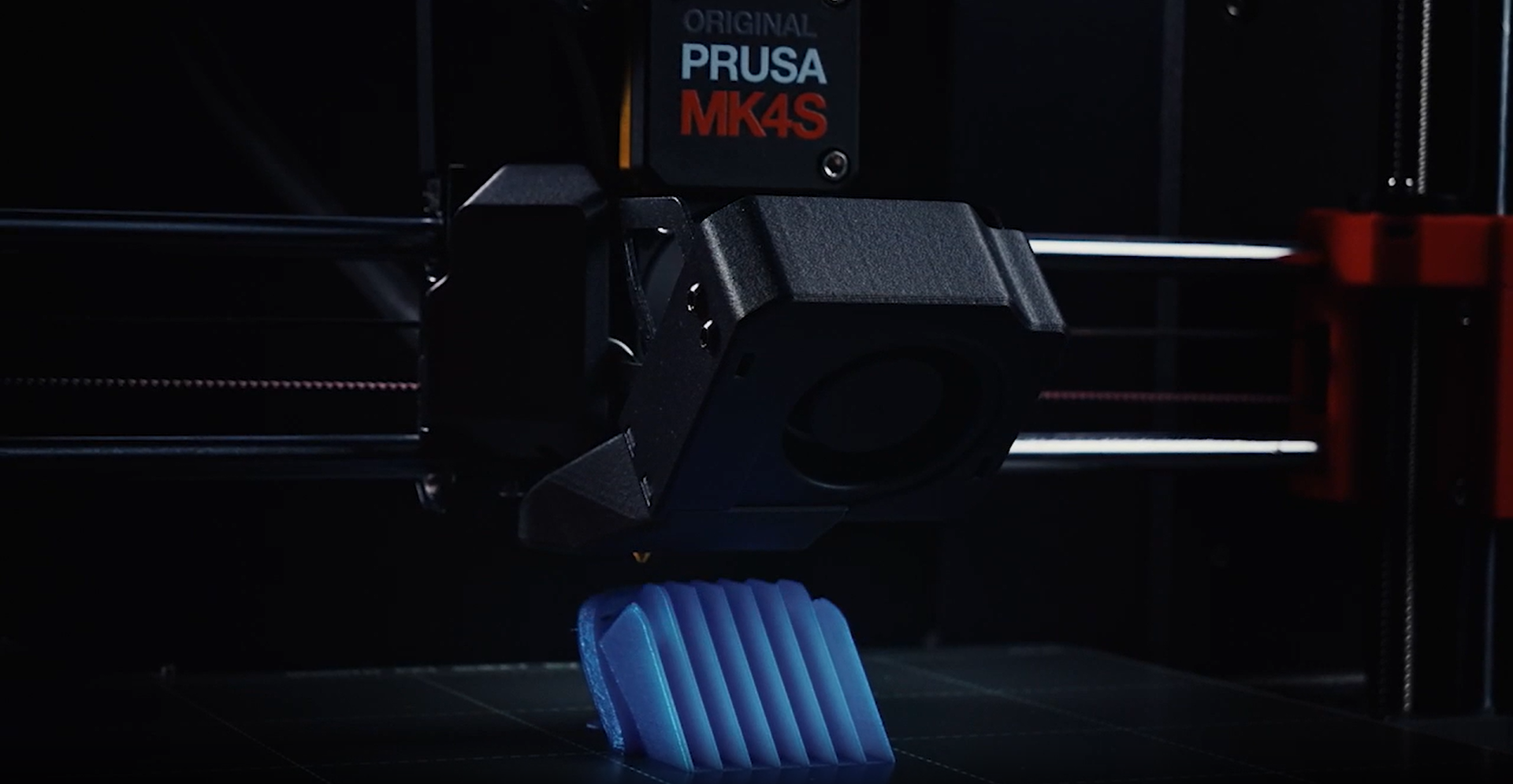In 2025, 3D printing technology is thriving, with material innovations driving its applications. From high-performance polymers to sustainable solutions, this article explores the latest trends in 3D printing materials, empowering you to stay ahead in future manufacturing.
1. High-Performance Materials: Breakthroughs in Polymers and Metal Alloys
In 2025, high-performance polymers and metal alloys excel in aerospace, automotive, and other industries, meeting demands for precision and durability.
Applications of Advanced Polymers
PEEK and carbon fiber composites, known for high strength and heat resistance, are widely used in functional parts. For instance, aerospace leverages these materials to print lightweight components, reducing fuel consumption.

Image Credit: Addictive Manufacturing Media
Advantages of Novel Metal Alloys
NASA’s GRX-810 alloy and MIT’s titanium alloys thrive in extreme environments, ideal for space exploration. Scalmalloy, with its lightweight and high ductility, is rapidly gaining traction in North America.
2. The Rise of Sustainable 3D Printing Materials
Growing environmental awareness has spotlighted sustainable materials in 2025, balancing performance with eco-friendliness.
Recyclable and Bio-Based Materials
EOS’s AlSi10Mg aluminum alloy, made from 100% recycled feedstock, cuts carbon emissions by 83%. Coffee ground-based mycelium bio-composites offer biodegradable options for architecture and design.

Innovations in Spool-Free Filaments
Spool-free filaments reduce packaging waste, and localized production lowers transport emissions, making them a trending choice in consumer goods.
3. Biocompatible Materials in Medical Applications
Biocompatible materials are transforming 3D printing in healthcare, enabling implants and surgical tools.
Advances in Implant-Grade Materials
Evonik’s PEEK filament meets medical standards for orthopedic implants. Formlabs’ BioMed Durable material enhances the reliability of surgical guides.

Antibacterial and Pain-Relieving Polymers
Spain’s Andaltec PoliM3D project develops antibacterial FDM filaments, opening new possibilities for customized medical devices.
4. Innovations in Multi-Material Printing
Multi-material printing achieves breakthroughs in 2025, enhancing part functionality and complexity.
Soft-Hard Combinations and Conductive Polymers
Medical prosthetics combine rigid shells with soft linings for comfort. Conductive polymers enable printing of wearable device electronics.

Benefits of Rapid Switching Technology
Harvard’s Wyss Institute MM3D printhead achieves 50 material switches per second, simplifying complex structure production and reducing costs.
5. Challenges and Opportunities in Large-Format Printing Materials
Large-format 3D printing is growing in architecture and automotive industries, demanding advanced material performance.
Demand for High-Performance Composites
Lightweight, durable polymers and metals meet structural needs in large-format printing, enabling rapid construction.

Applications of Corrosion-Resistant Materials
The marine industry uses corrosion-resistant materials to print hull components, extending lifespan and lowering maintenance costs.
The Future of 3D Printing Materials
In 2025, 3D printing material innovations are reshaping manufacturing. Advances in high-performance, sustainable, and biocompatible materials unlock opportunities in healthcare, aerospace, and sustainability. Staying informed on these trends will help businesses and designers excel in a competitive future.




Leave a comment
This site is protected by hCaptcha and the hCaptcha Privacy Policy and Terms of Service apply.